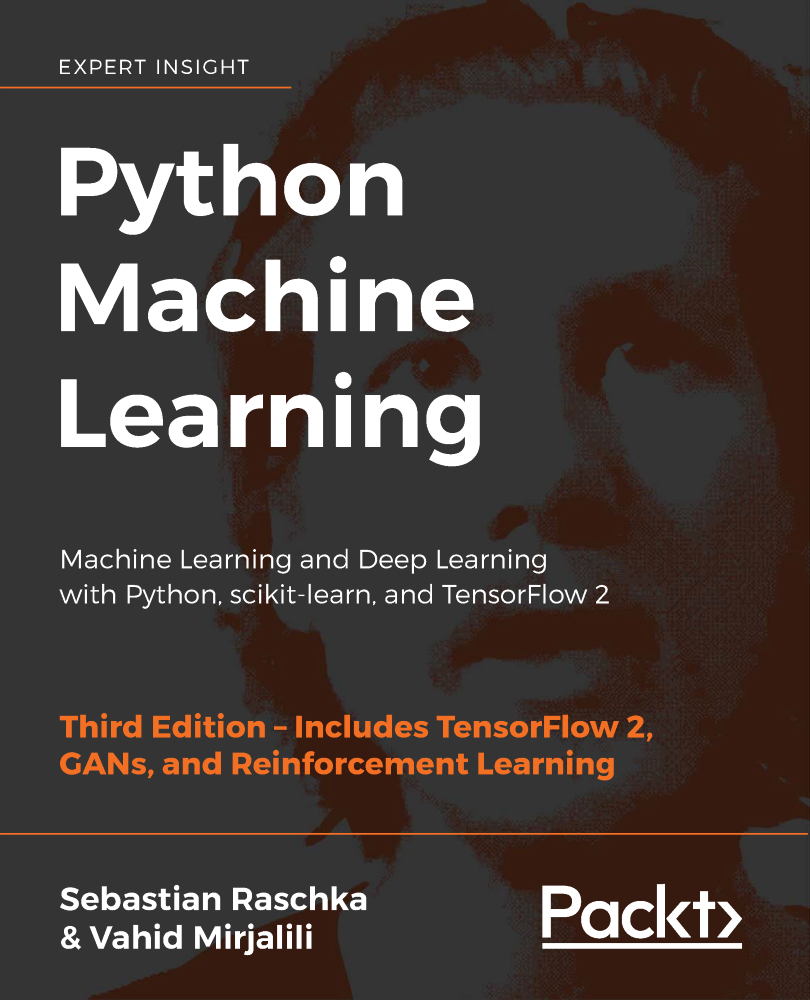Getting Started with Recommender Systems
Almost everything we buy or consume today is influenced by some form of recommendation; whether that's from friends, family, external reviews, and, more recently, from the sources selling you the product. When you log on to Netflix or Amazon Prime, for example, you will see a list of movies and television shows the service thinks you will like based on your past watching (and rating) history. Facebook suggests people it thinks you may know and would probably like to add. It also curates a News Feed for you based on the posts you've liked, the people you've be-friended, and the pages you've followed. Amazon recommends items to you as you browse for a particular product. It shows you similar products from a competing source and suggests auxiliary items frequently bought together with the product.
So, it goes without saying that providing a good recommendation is at the core of successful business for these companies. It is in Netflix's best interests to engage you with content that you love so that you continue to subscribe to its service; the more relevant the items Amazon shows you, the greater your chances – and volume – of purchases will be, which directly translates to greater profits. Equally, establishing friendship is key to Facebook's power and influence as an almost omnipotent social network, which it then uses to churn money out of advertising.
In this introductory chapter, we will acquaint ourselves with the world of recommender systems, covering the following topics:
- What is a recommender system? What can it do and not do?
- The different types of recommender systems
Technical requirements
You will be required to have Python installed on a system. Finally, to use the Git repository of this book, the user needs to install Git.
The code files of this chapter can be found on GitHub:
https://github.com/PacktPublishing/Hands-On-Recommendation-Systems-with-Python.
Check out the following video to see the code in action:
What is a recommender system?
Recommender systems are pretty self-explanatory; as the name suggests, they are systems or techniques that recommend or suggest a particular product, service, or entity. However, these systems can be classified into the following two categories, based on their approach to providing recommendations.
The prediction problem
In this version of the problem, we are given a matrix of m users and n items. Each row of the matrix represents a user and each column represents an item. The value of the cell in the ith row and the jth column denotes the rating given by user i to item j. This value is usually denoted as rij.
For instance, consider the matrix in the following screenshot:
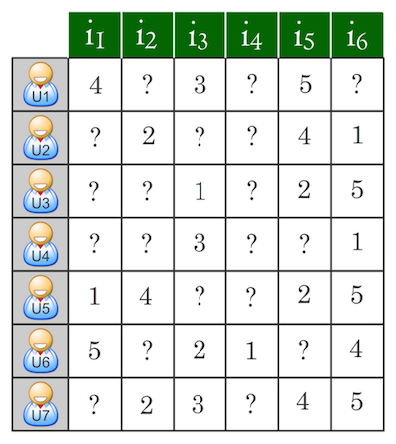
This matrix has seven users rating six items. Therefore, m = 7 and n = 6. User 1 has given the item 1 a rating of 4. Therefore, r11 = 4.
Let us now consider a more concrete example. Imagine you are Netflix and you have a repository of 20,000 movies and 5,000 users. You have a system in place that records every rating that each user gives to a particular movie. In other words, you have the rating matrix (of shape 5,000 × 20,000) with you.
However, all your users will have seen only a fraction of the movies you have available on your site; therefore, the matrix you have is sparse. In other words, most of the entries in your matrix are empty, as most users have not rated most of your movies.
The prediction problem, therefore, aims to predict these missing values using all the information it has at its disposal (the ratings recorded, data on movies, data on users, and so on). If it is able to predict the missing values accurately, it will be able to give great recommendations. For example, if user i has not used item j, but our system predicts a very high rating (denoted by  ij), it is highly likely that i will love j should they discover it through the system.
ij), it is highly likely that i will love j should they discover it through the system.
The ranking problem
Ranking is the more intuitive formulation of the recommendation problem. Given a set of n items, the ranking problem tries to discern the top k items to recommend to a particular user, utilizing all of the information at its disposal.
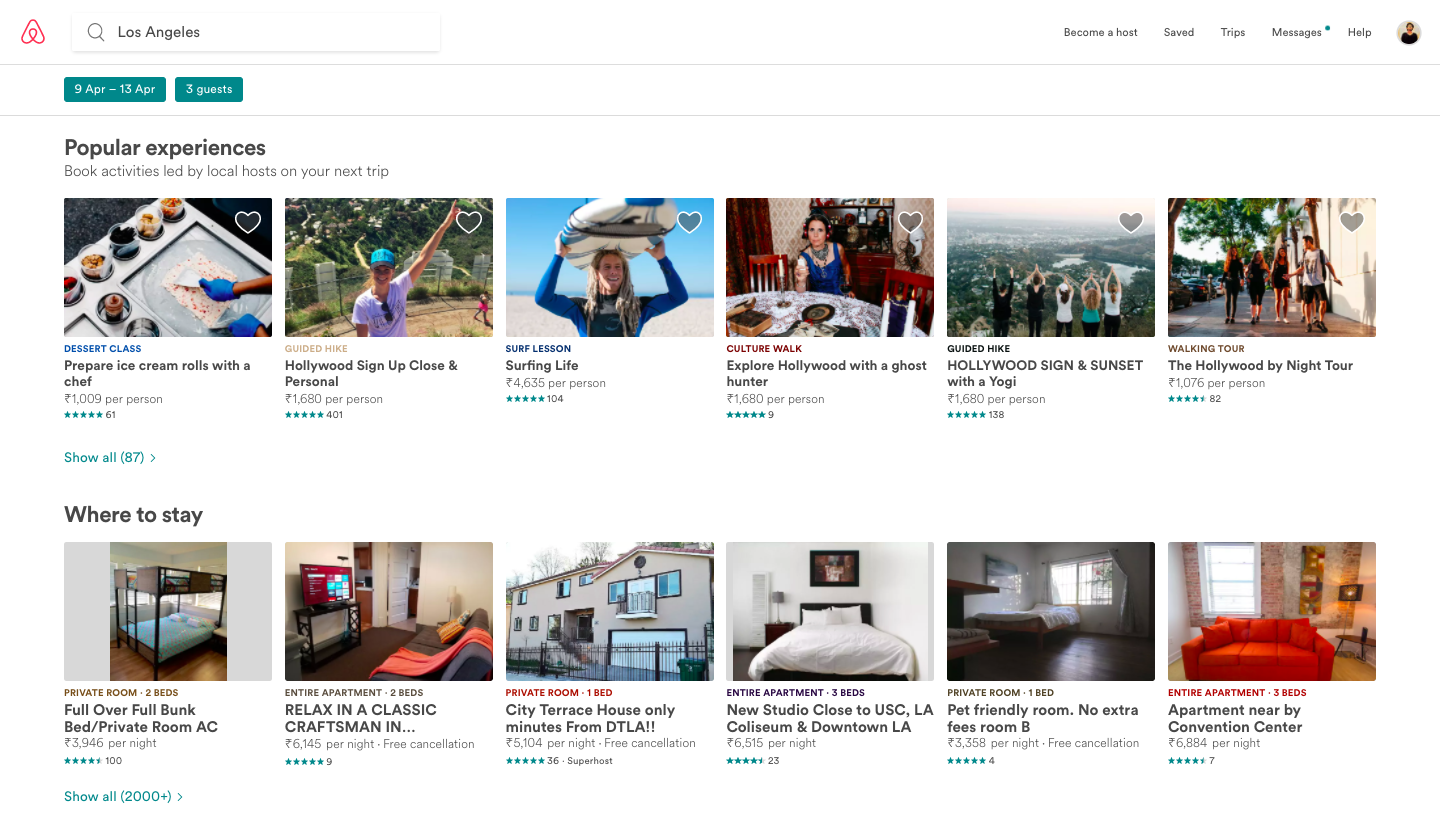
Imagine you are Airbnb, much like the preceding example. Your user has input the specific things they are looking for in their host and the space (such as their location, and budget). You want to display the top 10 results that satisfy those aforementioned conditions. This would be an example of the ranking problem.
It is easy to see that the prediction problem often boils down to the ranking problem. If we are able to predict missing values, we can extract the top values and display them as our results.
In this book, we will look at both formulations and build systems that effectively solve them.
Types of recommender systems
In recommender systems, as with almost every other machine learning problem, the techniques and models you use (and the success you enjoy) are heavily dependent on the quantity and quality of the data you possess. In this section, we will gain an overview of three of the most popular types of recommender systems in decreasing order of data they require to inorder function efficiently.
Collaborative filtering
Collaborative filtering leverages the power of community to provide recommendations. Collaborative filters are one of the most popular recommender models used in the industry and have found huge success for companies such as Amazon. Collaborative filtering can be broadly classified into two types.
User-based filtering
The main idea behind user-based filtering is that if we are able to find users that have bought and liked similar items in the past, they are more likely to buy similar items in the future too. Therefore, these models recommend items to a user that similar users have also liked. Amazon's Customers who bought this item also bought is an example of this filter, as shown in the following screenshot:

Imagine that Alice and Bob mostly like and dislike the same video games. Now, imagine that a new video game has been launched on the market. Let's say Alice bought the game and loved it. Since we have discerned that their tastes in video games are extremely similar, it's likely that Bob will like the game too; hence, the system recommends the new video game to Bob.
Item-based filtering
If a group of people have rated two items similarly, then the two items must be similar. Therefore, if a person likes one particular item, they're likely to be interested in the other item too. This is the principle on which item-based filtering works. Again, Amazon makes good use of this model by recommending products to you based on your browsing and purchase history, as shown in the following screenshot:
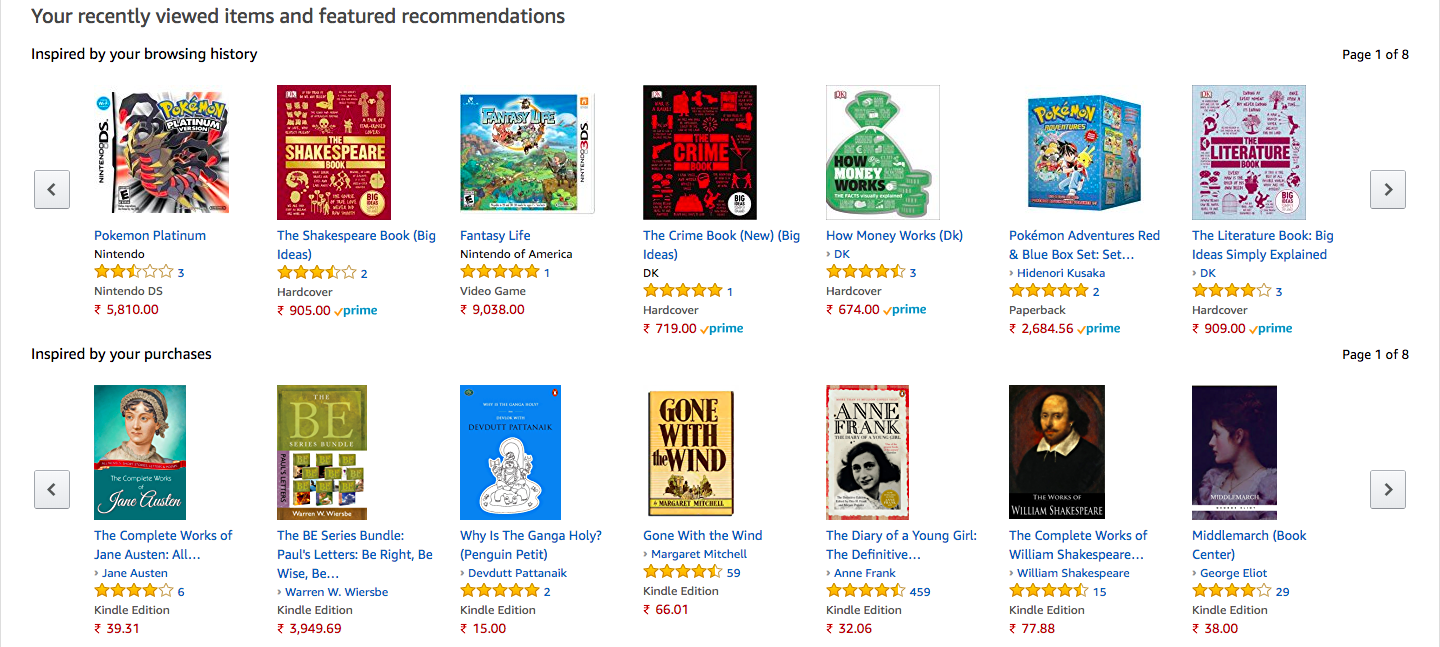
Item-based filters, therefore, recommend items based on the past ratings of users. For example, imagine that Alice, Bob, and Eve have all given War and Peace and The Picture of Dorian Gray a rating of excellent. Now, when someone buys The Brothers Karamazov, the system will recommend War and Peace as it has identified that, in most cases, if someone likes one of those books, they will like the other, too.
Shortcomings
One of the biggest prerequisites of a collaborative filtering system is the availability of data of past activity. Amazon is able to leverage collaborative filters so well because it has access to data concerning millions of purchases from millions of users.
Therefore, collaborative filters suffer from what we call the cold start problem. Imagine you have started an e-commerce website – to build a good collaborative filtering system, you need data on a large number of purchases from a large number of users. However, you don't have either, and it's therefore difficult to build such a system from the start.
Content-based systems
Unlike collaborative filters, content-based systems do not require data relating to past activity. Instead, they provide recommendations based on a user profile and metadata it has on particular items.
Netflix is an excellent example of the aforementioned system. The first time you sign in to Netflix, it doesn't know what your likes and dislikes are, so it is not in a position to find users similar to you and recommend the movies and shows they have liked.

As shown in the previous screenshot, what Netflix does instead is ask you to rate a few movies that you have watched before. Based on this information and the metadata it already has on movies, it creates a watchlist for you. For instance, if you enjoyed the Harry Potter and Narnia movies, the content-based system can identify that you like movies based on fantasy novels and will recommend a movie such as Lord of the Rings to you.
However, since content-based systems don't leverage the power of the community, they often come up with results that are not as impressive or relevant as the ones offered by collaborative filters. In other words, content-based systems usually provide recommendations that are obvious. There is little novelty in a Lord of the Rings recommendation if Harry Potter is your favorite movie.
Knowledge-based recommenders
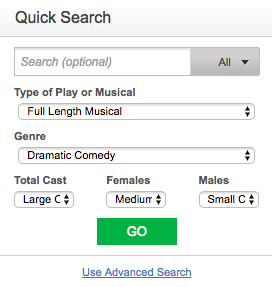
Knowledge-based recommenders are used for items that are very rarely bought. It is simply impossible to recommend such items based on past purchasing activity or by building a user profile. Take real estate, for instance. Real estate is usually a once-in-a-lifetime purchase for a family. It is not possible to have a history of real estate purchases for existing users to leverage into a collaborative filter, nor is it always feasible to ask a user their real estate purchase history.
In such cases, you build a system that asks for certain specifics and preferences and then provides recommendations that satisfy those aforementioned conditions. In the real estate example, for instance, you could ask the user about their requirements for a house, such as its locality, their budget, the number of rooms, and the number of storeys, and so on. Based on this information, you can then recommend properties that will satisfy all of the above conditions.
Knowledge-based recommenders also suffer from the problem of low novelty, however. Users know full-well what to expect from the results and are seldom taken by surprise.
Hybrid recommenders
As the name suggests, hybrid recommenders are robust systems that combine various types of recommender models, including the ones we've already explained. As we've seen in previous sections, each model has its own set of advantages and disadvantages. Hybrid systems try to nullify the disadvantage of one model against an advantage of another.
Let's consider the Netflix example again. When you sign in for the first time, Netflix overcomes the cold start problem of collaborative filters by using a content-based recommender, and, as you gradually start watching and rating movies, it brings its collaborative filtering mechanism into play. This is far more successful, so most practical recommender systems are hybrid in nature.
In this book, we will build a recommender system of each type and will examine all of the advantages and shortcomings described in the previous sections.
Summary
In this chapter, we gained an overview of the world of recommender systems. We saw two approaches to solving the recommendation problem; namely, prediction and ranking. Finally, we examined the various types of recommender systems and discussed their advantages and disadvantages.
In the next chapter, we will learn to process data with pandas, the data analysis library of choice in Python. This, in turn, will aid us in building the various recommender systems we've introduced.




















 Download code from GitHub
Download code from GitHub


